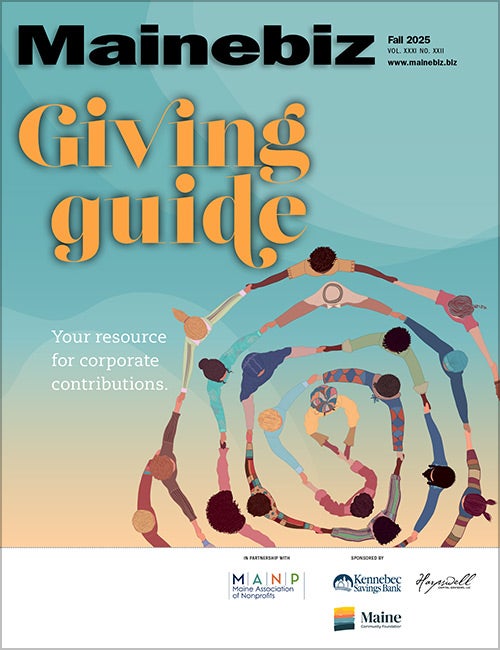
How to prioritize your savings as the world gets more expensive
Prices are up. Housing costs are climbing, groceries take a bigger bite out of your paycheck and interest rates have made borrowing more expensive.

For many Mainers, it feels like each paycheck is being stretched more and more. There’s never been more things to save for, but most of us only get the one paycheck.
When life gets more expensive, it is easy to think saving is something you will get back to when things calm down. The reality is that the perfect time to start or keep saving rarely comes. You do not have to save for everything at once. The key is to put your goals in the right order.
Here is a simple way to prioritize your savings in a high-cost environment.
Start with an emergency fund
Before anything else, set aside cash for the unexpected. This is your financial safety net. A broken furnace, medical bill or job loss can undo years of progress if you are forced to rely on high-interest credit cards.
- Aim for three to six months of living expenses in a savings account you can reach quickly
- If that target feels overwhelming, start with $1,000 and build from there.
- Treat emergency savings like a monthly bill and set up automatic transfers.
Capture employer retirement matches
If your workplace offers a retirement plan match, take full advantage of it before putting extra toward other goals. An employer match is essentially a 100% return on your contribution, something you will not find anywhere else.
- If your employer matches up to 4%, contribute at least that amount.
- Even if you have debt, it often makes sense to get the match first because it is free money working for your future.
Tackle high-interest debt
Once you have a safety net and your employer match, focus on paying down debt with high interest rates, such as credit cards or personal loans. Interest charges can quietly eat away at your progress.
Start with the highest-rate debt (the avalanche method) to save the most over time. Or pay off the smallest balances first (the snowball method) for a quicker sense of accomplishment, then work your way up.
Save for specific goals
After covering your essentials, you can focus on your next most important goal. This might be:
- A down payment on a home;
- A child’s education fund;
- Future healthcare expenses;
- Extra retirement contributions beyond the match; or
- A major purchase you prefer to pay for in cash
Rank these based on your timeline and what will have the biggest impact on your quality of life. If more than one matters, use separate savings accounts or “buckets” so you can see progress for each without mixing funds.
The bottom line
When the cost of living rises, it is tempting to believe saving is out of reach. In reality, you can make meaningful progress by starting with stability (an emergency fund), capturing opportunities (a retirement match), and removing obstacles (high-interest debt). With those in place, you can direct more toward the goals that matter most.
Money will always have limits. Priorities help you work within them. Following a clear order for your savings gives every dollar a job and helps you keep moving forward, no matter what the economy (or life) throws your way.













0 Comments